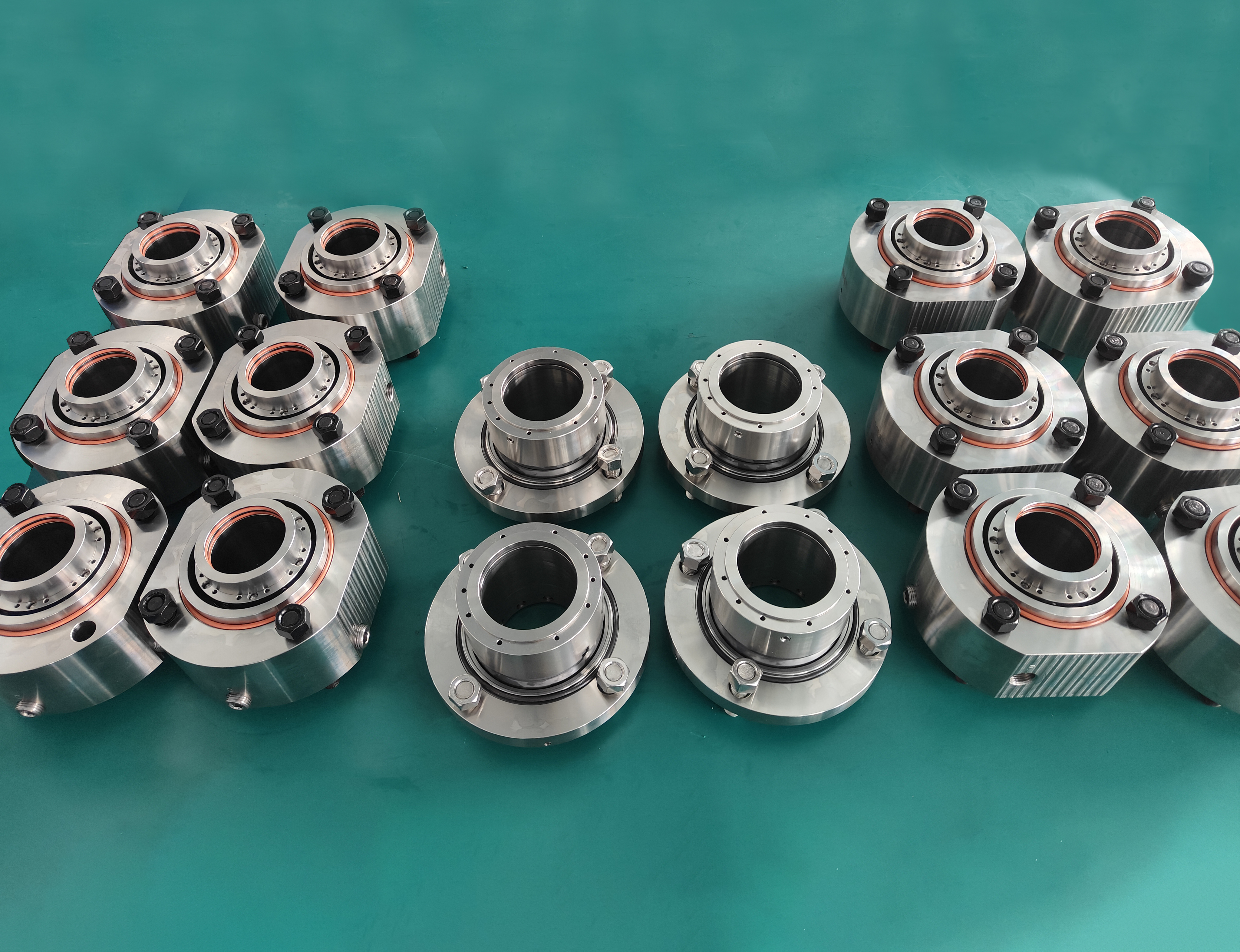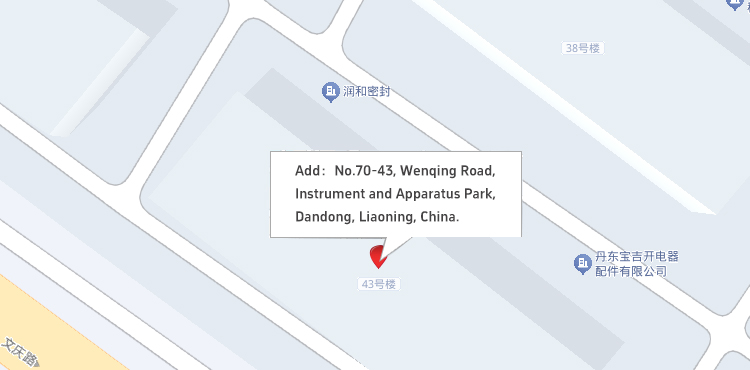
How to choose the right flushing plan for a specific mechanical seal?
To select a flushing plan suitable for a specific mechanical seal, you need to consider a variety of factors such as medium characteristics, operating parameters, equipment type, etc. The following is a specific selection method:
1. Consider the characteristics of the medium
(1) Cleanliness of the medium: If the medium is clean and does not contain particulate impurities, a simpler flushing plan can be selected, such as Plan 11, which uses the high-pressure medium at the pump outlet to directly introduce the seal chamber for flushing. If the medium contains particulate impurities, a flushing plan with a filter, such as Plan 32, is required to introduce clean flushing liquid from the outside, filter it through the filter and enter the seal chamber to prevent impurities from entering the seal surface and causing wear.
(2) Temperature of the medium: For high-temperature media, a flushing plan with good cooling effect needs to be selected, such as Plan 21. A cooler is set in the flushing circuit to cool the hot flushing liquid before sending it into the seal chamber to reduce the temperature of the seal surface. For low-temperature media, to prevent the flushing liquid from freezing, a flushing plan with heating measures or a flushing liquid that can work normally at low temperatures can be selected.
(3) Corrosiveness of the medium: When the medium is corrosive, the flushing liquid should have good corrosion resistance, and the flushing plan should avoid contact between the corrosive medium and the metal parts of the sealing auxiliary system. For example, Plan 53A uses a sealing liquid that is compatible with the medium and has anti-corrosion properties to form an isolation barrier outside the sealing cavity to prevent corrosive media from entering the sealing surface and the sealing auxiliary system.
(4) Volatility of the medium: For volatile media, in order to prevent the medium from volatilizing and forming crystals or causing leakage at the sealing surface, Plan 62 can be used to set a quenching device around the sealing cavity, and at the same time cooperate with external flushing to reduce the sealing surface temperature and inhibit the volatilization of the medium.
2. Consider working parameters
(1) Pressure: Select a suitable flushing plan according to the seal chamber pressure. When the seal chamber pressure is low, a self-flushing or low-pressure external flushing plan can be used; when the pressure is high, a flushing plan that can provide sufficient pressure, such as the flushing plan of the booster pump (Plan 72), should be selected to ensure that the flushing liquid can overcome the seal chamber pressure and enter the seal surface to play a good flushing and cooling role.
(2) Speed: High-speed mechanical seals will generate more friction heat, and the flushing plan needs to have stronger cooling and heat dissipation capabilities. For example, for high-speed pumps, a plan with a high-efficiency cooler and large-flow flushing, such as Plan 23, can be selected. By setting a circulating impeller in the seal chamber, the flushing liquid is forced to circulate in the seal chamber to improve the heat dissipation effect.
3. Consider equipment type
(1) Pump: Centrifugal pumps usually use self-flushing or external flushing plans. The appropriate specific form should be selected according to the different media and working conditions. For positive displacement pumps, due to their working principle and structural characteristics, special flushing plans may be required. For example, a gear pump may use a plan to lead the flushing liquid from the pump outlet to the seal chamber, and the impact of the flushing liquid on the gear lubrication must be considered.
(2) Compressor: The mechanical seal flushing plan of the compressor needs to consider its high pressure, high speed and possible gas medium.
4. Consider cost and maintenance
(1) Cost: Different flushing plans have different costs, including equipment investment, operating costs, and maintenance costs. Under the premise of meeting the sealing requirements, the lowest cost plan should be selected as much as possible. For example, the cost of the self-flushing plan is relatively low, while the cost of the flushing plan using a complex sealing auxiliary system is higher. If the production scale is small and the working conditions are not particularly demanding, simple and economical flushing plans can be given priority.
(2) Maintenance: When choosing a flushing plan, the difficulty of maintenance should be considered. Some flushing plans require regular replacement of filter elements, inspection of cooler performance, etc. If the maintenance workload is too large, it may affect the normal operation and production efficiency of the equipment. Therefore, for occasions with fewer maintenance personnel or limited maintenance conditions, a flushing plan with relatively simple maintenance should be selected.
In addition, you can also refer to the successful application cases of other equipment under similar working conditions, or consult Dandong Runhe Seal Co., Ltd. to obtain more accurate and suitable flushing plan recommendations.
Keywords: mechanical seal, cartridge mechanical seal, non-cartridge mechanical seal, spring mechanical seal, metal bellows mechanical seal, seal support sytem, seal auxiliary system




 export@rhseal.com
export@rhseal.com





